Seuralle valittiin uusi hallitus vaalikokouksessa 15.7.2017. Hallituksen kokoonpano toimikaudelle 1.9.2017-31.8.2018 on seuraava:
puheenjohtaja: Sonja Virta
varapuheenjohtaja, myyntitavaravastaava: Leena Peippo
sihteeri: Janne Seppänen
rahastonhoitaja, jäsensihteeri, webmaster: Mikko Nikkilä
tapahtumavastaava: Olli Pitkänen
tapahtumavastaava, Hobittilan Sanomien päätoimittaja, paino- ja postitusvastaava: Santeri Palin
varajäsen, Mikon kisälli: Eetu Sipilä
varajäsen, tiedotusvastaava: Outi Suppanen
Myös toimintasuunnitelma hyväksyttiin vaalikokouksessa.
Suomen Tolkien-seura Kontu ry: Toimintasuunnitelma 01.09.2017–31.08.2018
Tiedotus ja yhteistyö
Hobittilan Sanomat: Julkaistaan kolme–neljä Hobittilan Sanomat -tiedotuslehteä.
Smial-kilpailu: Toimintavuoden aikana on käynnissä kaksi seuran smialeille tarkoitettua smial-kilpailua, eli kalenterivuosien 2017 ja 2018 kilpailut, jotka järjestää kullekin kalenterivuodelle valittu smial-vastaava. Palkinnot jaetaan vuosijuhlassa tammikuussa 2018 ja 2019.
Muut Tolkien-järjestöt: Harkitaan mahdollisuutta pitää yhteyttä erityisesti edellisten vuosien aikana tutuiksi tulleisiin ulkomaisiin Tolkien-järjestöihin esimerkiksi lähettämällä heille seuran julkaisuja tai joulukortteja.
Arkisto: Kootaan seuran vanhoja materiaaleja eri ihmisiltä talteen seuran arkistoon, selvitetään ja harkitaan arkiston sisältöä ja sen entistä parempaa käytettävyyttä seuran jäsenille sekä muille aiheesta kiinnostuneille.
Kuvastaja-palkinto: Jaetaan tarvittaessa vuoden 2016 parhaalle suomalaiselle fantasiakirjalle Kuvastaja-palkinto. Esikarsinnan ja valintatyön toteuttaa Kuvastaja-raati. Palkinto jaetaan Helsingin kirjamessuilla lokakuussa 2017.
Yhteistyökokous: Osallistutaan fantasia- ja scifi-järjestöjen yhteistyökokoukseen kevättalvella 2018.
Tolkien Reading Day: Vietetään Tolkien Reading Dayta 25.3.2018 ainakin kirjastoille suunnatulla mainostuksella.
Tapahtumat
Tapahtumia, erityisesti miittejä, aikataulutettaessa tarkistetaan con-tapahtumakalenteri ja mahdollisuuksien mukaan vältetään päällekkäisyydet jäsenistöä kiinnostavien tapahtumien kanssa.
https://confluence.tracon.fi/display/CONCON/Tapahtumakalenteri
Miitit: Järjestetään neljä tai viisi miittiä, joista yksi on nelipäiväinen The Miitti kesällä 2018. Toimintavuoden ensimmäinen miitti on Syysmiitti, joka pidetään Partiokolkassa Toivakassa pe 13.10.–su 15.10.
Kuukausitapaamiset: Smial Brandagamba järjestää seuran kuukausitapaamisia joka kuukauden viimeisenä sunnuntaina Helsingissä.
Tracon: Osallistutaan Traconiin myyntipöydällä la 09.09 – su 10.09.2017.
Hobitti 80 vuotta: The Hobbit -kirjan julkaisusta on kulunut 80 vuotta 21.9.2017. Harkitaan asian juhlistamista esimerkiksi jollakin internet-pohjaisella, ja siten jäsenet hyvin tavoittavalla, tavalla.
Vuosijuhla: Seuran 26. vuosijuhlaa vietetään lähellä varsinaista päivää eli tammikuun kolmatta, kuten lauantaina 06.01.2018. Juhla voi olla esimerkiksi ohjelmallinen juhlaillallinen joko mahdollisesti järjestettävässä vuosijuhlamiitissä tai muilla tavoin.
Suomenlinna-piknik: Järjestetään piknik-muotoinen kesätapaaminen Suomenlinnassa yhdessä muiden fantasia- ja scifi-järjestöjen kanssa kesällä 2018.
Finncon: Osallistutaan Finnconiin Turussa la 14.7. – su 15.7.2018.
Myyntitavarat ja pankkitili
Seuran myyntitavaroita ovat uudet seuran logolla varustetut kangaskassit, uusi värityskirja-Legolas, kaksi uutta kangasmerkkidesignia (”That’s what I’m Tolkien about” ja Lumihiutale), rintamerkit sekä t-paidat. Uusia myyntitavaroita ei tarvinne hankkia ainakaan syksyn 2017 aikana. Tavaroiden myyntitilannetta ja tarvetta seurataan. Seuraavaa hupparitilausta harkitaan aikaisintaan vuonna 2019. Seuran tuotteita myydään ainakin miiteissä sekä coneissa, tarvittaessa myös postitse. Kesällä 2017 hankittu iZettle-maksulaite mahdollistaa maksukorttimyynnin. Harkitaan pankkipalveluiden kilpailuttamista.
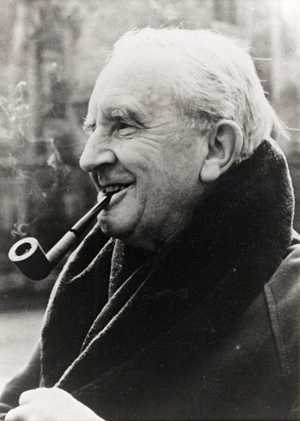
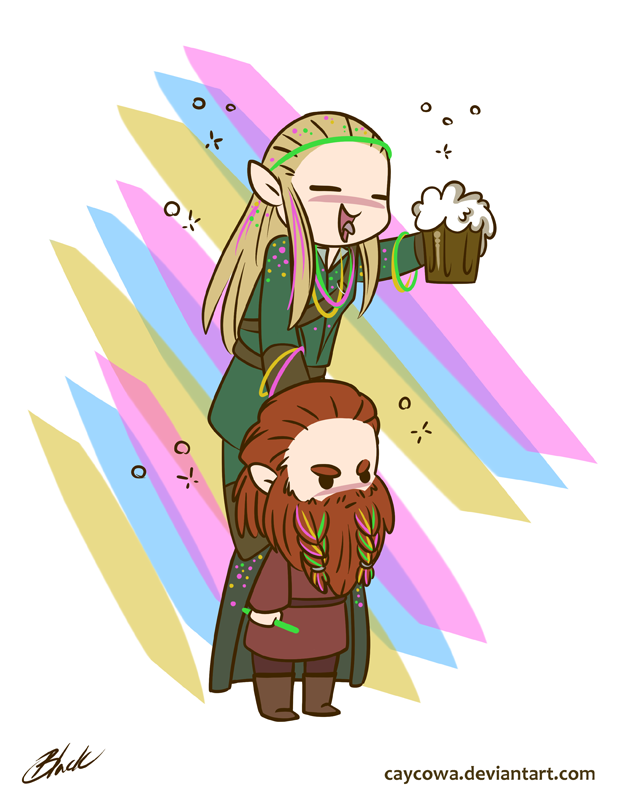
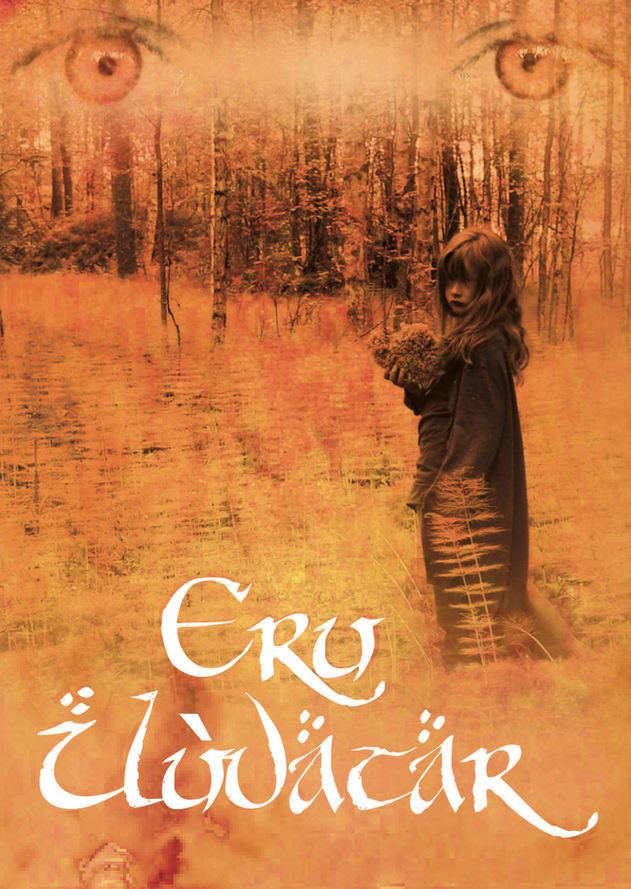
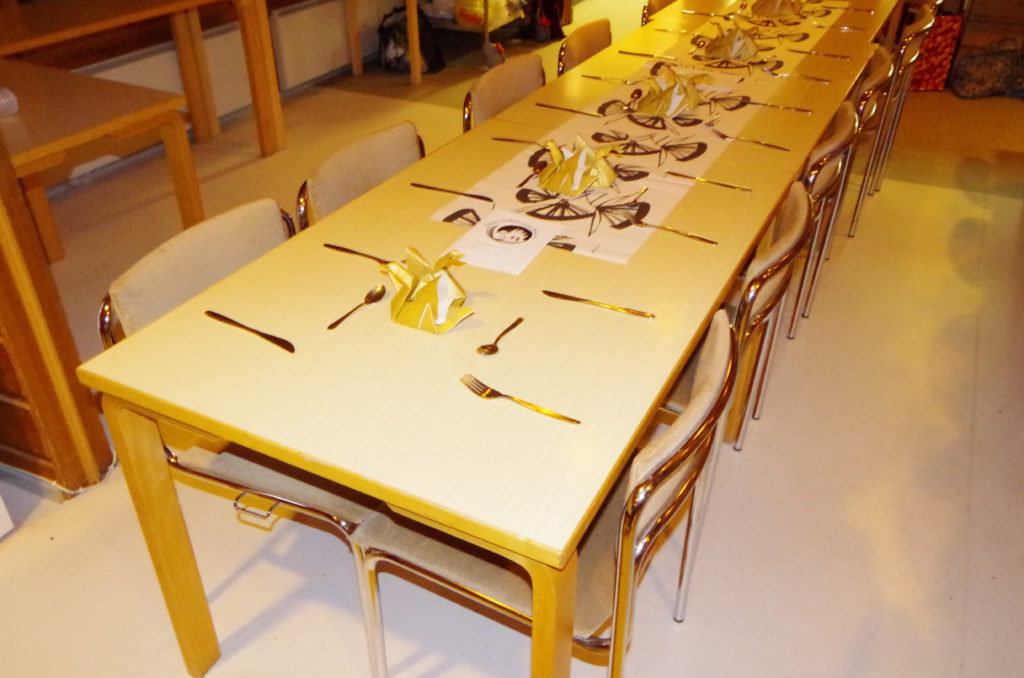
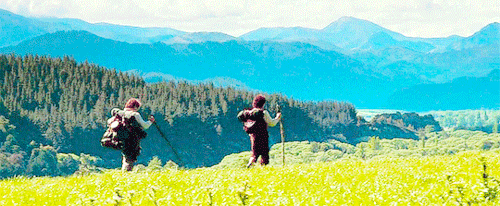

Kommenttien kirjoittaminen edellyttää että olet kirjautunut.